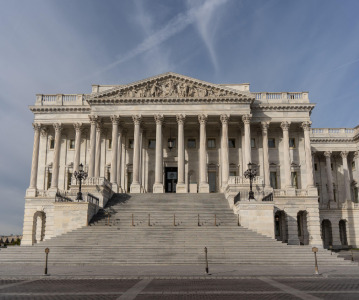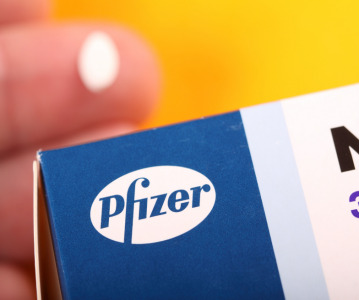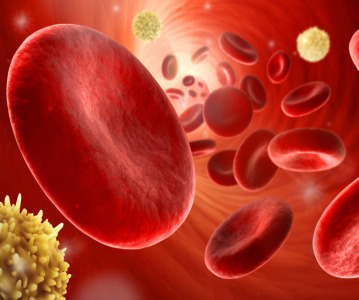Opioid antagonist naloxone considered safe for over-the-counter use
.png)
The US FDA have approved the distribution of naloxone, a drug that reverses opioid overdose, in an over-the-counter setting, in some dosage forms.
The opioid crisis was declared a public health emergency in the US in 2017. Since then, pharmaceutical companies have been working on solutions to ease the epidemic.
In some states across the US opioid overdose is the leading cause of death in adults ages 18–44 years.
Naloxone, an opioid antagonist, is used to reverse opioid overdose. It works by attaching to opioid receptors and blocking other opioids, reversing the effects.
It can be administered as a nasal spray or injected into the muscle, skin or veins, and is effective in reversing opioid overdoses in all dosage forms.
The US FDA have now confirmed that naloxone is safe and effective for over-the-counter use, in certain approved forms of administration.
The regulations cover a dose of up to 4 mg of a naloxone nasal spray and a dose of 2 mg via an auto injector, after initial assessments.
The FDA is still gathering data on individual products from various manufacturers to establish whether they can also be available for over-the-counter use. They have yet to see whether these products, which supply the drug in different forms, will be considered safe in this setting, as well as examining higher dosage forms.
Currently, doctors can prescribe naloxone as a life-saving antidote to opioid overdose, if administered quickly to patients prescribed high-dose opioids. Some states in the US allow the use of the drug without prescription, or through official community programmes.
In 2020, over 16,000 people died from overdoses involving just prescription opioids, this figure has increased year on year.
By making the opioid antagonist more accessible to at-risk patients, the number of deaths due to overdose will hopefully start to decrease.
Related News
-
News Merck invests US$1 billion in new USA-based vaccine facility
Merck annouces the opening of a new state-of-the-art vaccine production plant in Durham, North Carolina, USA, in efforts to bring pharmaceutical product development onto home soil in face of new import tariffs. -
News US FDA adds haemodialysis bloodlines to devices shortage list
On March 14, 2025, the US FDA published an open letter to healthcare providers citing continuing supply disruptions of haemodialysis bloodlines, an essential component of dialysis machines. -
News Women in Pharma: Manufacturing personal and team success
Our monthly Women in Pharma series highlights the influential lives and works of impactful women working across the pharmaceutical industry, and how the industry can work towards making the healthcare industry and workplace more equitable and inclusive... -
News The next 15 drugs up for negotiation with Medicare include several blockbusters
By now, everyone is quite familiar with the drug price negotiations taking place between drug companies and the Centres for Medicare & Medicaid Services (CMS) in the USA as part of measures being taken to reduce the cost of drugs for patients, to make ... -
News Pfizer may shift production back to US under Trump pharma tariffs
At the 45th TD Cowen annual healthcare conference in Boston, USA, Pfizer CEO Albert Bourla outlined the potential for Pfizer to shift its overseas drug manufacturing back to the US as pharmaceutical industry players weigh their options against Presiden... -
News Experimental drug for managing aortic valve stenosis shows promise
The new small molecule drug ataciguat is garnering attention for its potential to manage aortic valve stenosis, which may prevent the need for surgery and significantly improve patient experience. -
News Trump's federal funding shift could stifle biotech innovation
Over a month into the second term of Donald Trump’s presidency and we have already seen some big changes affecting the healthcare industry. -
News Sanofi receives FDA warning over contamination at manufacturing site
The FDA issues a warning letter to Sanofi over contamination violations found at the Framingham biologics facility, in Boston, MA, USA.
Recently Visited
Position your company at the heart of the global Pharma industry with a CPHI Online membership
-
Your products and solutions visible to thousands of visitors within the largest Pharma marketplace
-
Generate high-quality, engaged leads for your business, all year round
-
Promote your business as the industry’s thought-leader by hosting your reports, brochures and videos within your profile
-
Your company’s profile boosted at all participating CPHI events
-
An easy-to-use platform with a detailed dashboard showing your leads and performance







